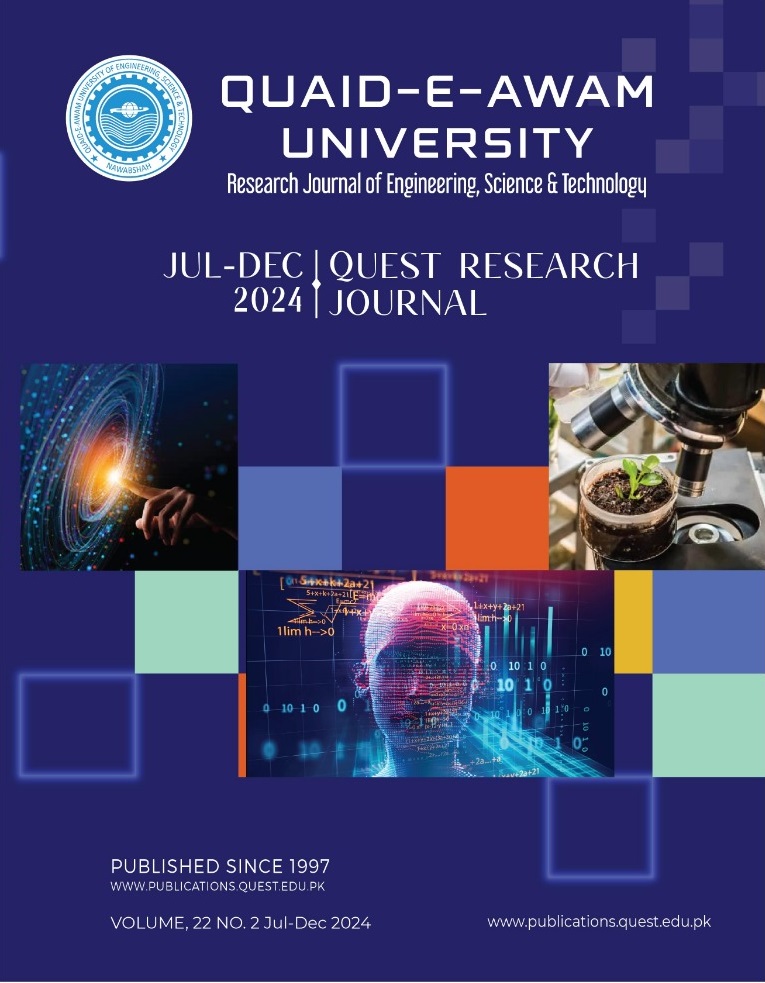Construction of Grand Mosque, Academic and Social Complex at Allahabad, Kandyaro, Sindh, Pakistan
DOI:
https://doi.org/10.52584/QRJ.2202.03Keywords:
Grand Mosque; Smart and Sustainable practices; Islamic architecture; Kashi tilesAbstract
In this case study, the construction of the Grand Mosque, an academic and social complex at Allahabad, Kandiaro, Sindh, Pakistan, was explored. The main objective of the study was to represent the integration of smart and sustainable construction practices, primarily focusing on the usage of traditional craftsmanship and local materials. The design of the mosque gained insight from esteemed Islamic architectural sites. The mosque’s design draws inspiration from renowned Islamic architectural sites, combining traditional design elements with contemporary methods to maintain both cultural and functional relevance. Handmade Kashi tiles used in the construction of the mosque are an essential element, reflecting the cultural legacy of Sindhi Kashgari art and enhancing the building’s aesthetic and spiritual atmosphere. The raised domes of the mosque are considered climate-responsive design features, promoting natural airflow and passive cooling. Higher maintenance costs for Kashi tiles and limited passive cooling during severe weather conditions were the challenges associated with the mosque. In addition to this, employing modern construction practices with skilled labor indicates that the project maintains its authenticity while benefiting from state-of-the-art engineering approaches. The current case study revealed the significance of preserving cultural heritage while incorporating modern efficiency, which made a mosque that served as both a cultural landmark and a sustainable building. This case study provided key insights such as the design of the mosque, the construction process, and the sustainability of modern approaches in the times ahead.
Downloads
Published
Issue
Section
License
Copyright (c) 2024 Copyright (c) This is an open access article published by QUEST Research Journal. QUEST Research Journal holds the rights of all the published articles. Authors are required to transfer copyrights to journal to make sure that the article is solely published in QUEST Research Journal; however, the authors and readers may freely read, download, copy, distribute, print, search, or link to the full texts of the articles without asking prior permission from the publisher or the author.

This work is licensed under a Creative Commons Attribution-NonCommercial 4.0 International License.

